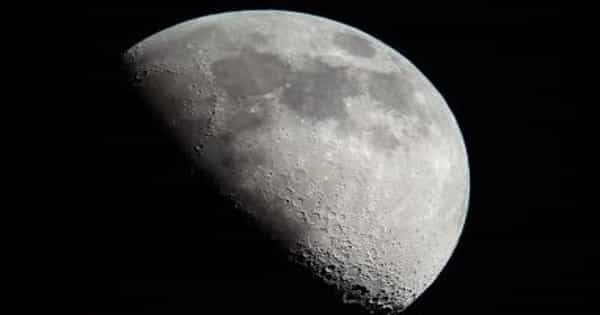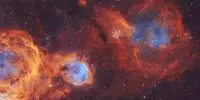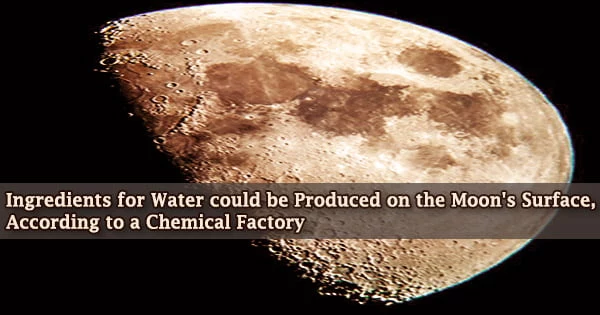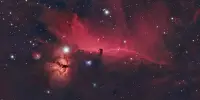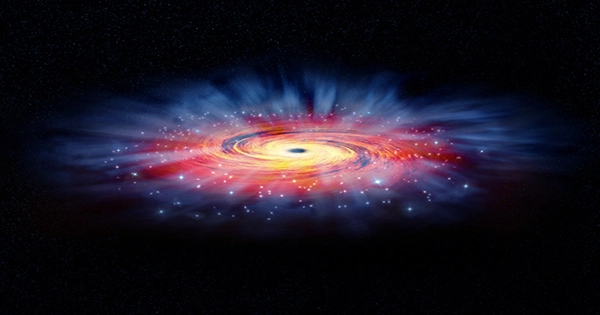Curtin University research has discovered that the Moon may have been subjected to far more asteroids and other bodies than previously thought, adding to our understanding of the Moon’s early geologic evolution.
The study, which was published in Nature Communications, provides a better understanding of how the oldest impact events on the Moon may have left near-invisible cratering imprints, providing a unique perspective on the evolution of the Earth-Moon system.
Researchers have developed a model of the Moon’s early impacts, bringing scientists one step closer to understanding the Moon’s formation. This new study, published in Nature Communications, investigates why the Moon looks the way it does today, as well as why we may not be able to see the Moon’s oldest impact sites.
“We set out to explain the discrepancy between theory and observations of the lunar crating record in this research,” said lead researcher Associate Professor Katarina Miljkovic of Curtin’s School of Earth and Planetary Science and the Space Science and Technology Centre.
New research from Curtin University is shining a light on ancient lunar impacts and why this part of the Moon’s geological history renders impacts nearly invisible.
Associate Professor Katarina Miljkovic of Curtin’s School of Earth and Planetary Science and the Space Science and Technology Centre, the study’s lead researcher, believes the craters on the Moon would have looked very different if they occurred while the Moon was still cooling after formation.
“These large impact craters, also known as impact basins, formed during the solidification of the lunar magma ocean more than four billion years ago, and should have produced different looking craters than those formed later in geologic history,” Associate Professor Miljkovic said.
“A very young Moon formed from a global magma ocean, which cooled over millions of years to form the Moon we see today. As a result, when asteroids and other bodies collided with a softer surface, they would not have left such severe imprints, implying that there would be little geologic or geophysical evidence of an impact.”
“The timeframe for the solidification of the lunar magma ocean varies greatly between studies, but it may have been long enough to experience some of the large impact bombardment history typical of the solar system’s early evolution. The moon’s surface becomes harder as it ages and cools, and the bombardment imprints become much more visible through remote sensing.”
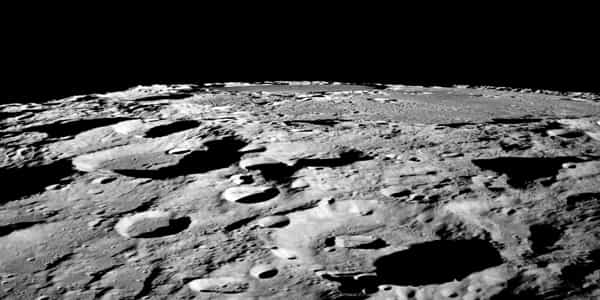
Associate Professor Miljkovic stated that understanding the bombardment and cratering record from the early epochs of solar system history was critical in order to complete the story of how planets formed and evolved.
Associate Professor Miljkovic’s research suggested that the Moon may be missing evidence of its earliest crating record by comparing different perspectives of asteroid dynamics and lunar evolution modeling.
“We set out to explain the discrepancy between theory and observations of the lunar crating record in this research,” Associate Professor Miljkovic explained. “Translating this discovery will aid future research in understanding the impact that the early Earth could have experienced and how it would have influenced our planet’s evolution.”
There could have been hundreds of crater-forming impacts soon after the Moon formed, according to estimates. These early impacts, however, are largely unaccounted for in the crater record based on the craters visible today. According to Associate Professor Katarina Miljkovic, this could be because the evidence of these early impacts may look very different from later craters.
“A very young Moon formed from a global magma ocean, which cooled over millions of years to form the Moon we see today. As a result, when asteroids and other bodies collided with a softer surface, they would not have left such severe imprints, implying that there would be little geologic or geophysical evidence of impact.”
“The timeframe for the solidification of the lunar magma ocean varies greatly between studies, but it may have been long enough to experience some of the large impact bombardment history typical of the early stages of solar system evolution.”
“As the moon ages and its surface cools, it becomes harder, and bombardment imprints become much more visible by remote sensing,” she explained. So, the next time you look up at the Moon, keep in mind that, while craters can reveal a history of the Moon’s formation, they may not reveal the entire story.
